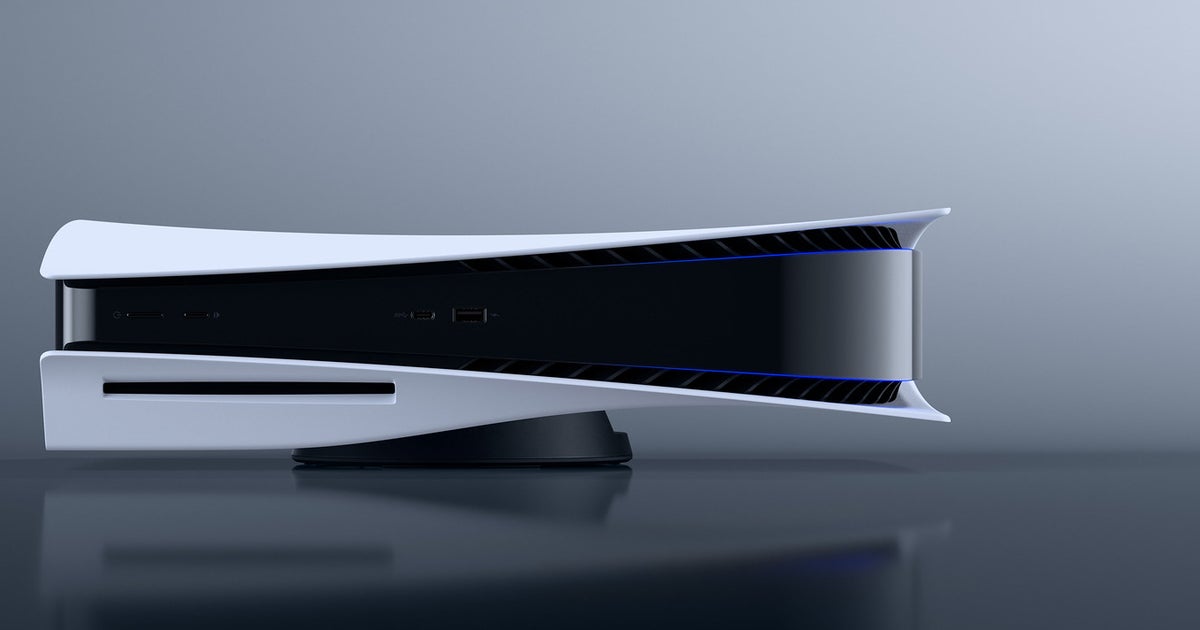We all know, at this stage, that rumours of the death of the console were greatly exaggerated. This narrative took hold pretty strongly for about a decade, fuelled by the introduction of various smart devices – smartphones, smart TVs, and so on – and by some fairly optimistic notions about 5G and internet speeds in general.
The logic was simple; the world was filling up with devices that you could play games on, and with the potential for streaming games in ways that didn’t require a device at all looming on the horizon, selling consumers an expensive, dedicated gaming console seemed like a tougher prospect with every passing day. Even as each successive generation of console hardware boomed, confident prophets told us that decline into irrelevance was inevitable for this sector.
Ultimately, those people who predicted the end of consoles were wrong (so far, at least) for a very simple reason: they didn’t actually understand the appeal of consoles in the first place.
If you posit that a console is simply a piece of hardware dedicated to playing games, then yes, the continued existence and even rude health of this sector in a world of high-end smartphones, iPads, laptops, and various other devices quite capable of playing decent-quality games is a mystery. This framing, however, underestimates the value of console hardware – the effort and engineering that goes into building a dedicated device that it’s fun and pleasurable to play games on, a thousand decisions small and large that make the experience seamless, smooth, and enjoyable, and which many consumers value immensely even if they could not specify precisely what those differences are.
It also completely misunderstands what a console actually is: not a commoditised piece of hardware fired into the market and forgotten, but the centre of an ecosystem of software, services, development studios, licensing, and marketing, which makes something like PlayStation into a business, a brand, not just a curvy box of microprocessors.
The old narrative of the imminent death of the console came to mind this week when looking at Sony’s latest financial results, because these figures would absolutely have been grist to that mill in years past.
Financially speaking, of course, everything looks pretty healthy – the headline numbers in terms of revenues and operating profit, both for the company at large and for the gaming division specifically, suggest that Sony is currently well-managed and largely successful. But anyone seeking evidence of consoles in decline would flip to the hardware sales page, and there they’d find that Sony missed its target for PS5 sales in the quarter, with the console’s hardware unit sales actually sliding a pretty significant 27% compared to the same quarter last year.
With the boosts we’re expecting to PS5 in the coming year, the hairline fractures in hardware numbers will probably soon be forgotten
In theory, we’re out of the era when year-on-year comparisons all looked insane because they were comparing against a pandemic-era baseline, so these figures might actually mean something significant. On the other hand, they might not, because we’re still in the ripples cast by the pandemic’s impact on sales; the first quarter last year was around the point when post-pandemic PS5 supply finally started catching up to demand, so sales were strong as pent-up demand for the console worked through the system.
Even so, the headline numbers for unit sales aren’t great, not just because of the year-on-year comparison but because this also means that Sony has missed its own targets for the quarter by a decent margin.
Those numbers do suggest a hairline crack in what has otherwise been a pretty impregnable sales story for the PS5 thus far, but it’s important to put it in perspective; PS5 is still outselling the PS4 in launch-aligned figures as far as I can tell, even after the pandemic shortages.
Moreover, there are two giant events on the horizon for PS5 which will have a major impact on sales – both in terms of boosting demand in future, but also dampening demand in anticipation. Firstly, there’s the launch of PS5 Pro, which we’re expecting later this year but could still slip into early 2025; and then there’s the one the whole industry is holding its breath for, the launch of Grand Theft Auto 6 next year. Both of those events are hugely significant for the console, and while they’re almost certainly going to drive sales in a major way when they finally happen, right now the anticipation of those events is probably depressing hardware sales. GTA6 will likely be the point where many PS4 hold-outs finally upgrade their hardware (even as a cross-platform title, GTA launches have historically had an outsized positive impact on PlayStation relative to other platforms). Some people may well be explicitly waiting for that point, perhaps anticipating bundles or other deals, or perhaps simply working on the logic that “I’ll get a PS5 for GTA 6, so I don’t need to get one yet.”
Rumours of PS5 Pro appearing later in the year are also an obvious dampener on current model sales. Even people who don’t especially plan to buy a Pro model will wish to avoid buyer’s remorse, preferring to wait and see what the new hardware actually looks like before committing to buying the existing model.Each of these events may be depressing sales right now, but will pay off with massively boosted sales when they come around in the coming year; these unit sales are delayed, not cancelled. The rude health of the console market continues – and I’d argue that elsewhere in Sony’s financial reports, we can see some details which highlight precisely why consoles are in such good shape, and how the diversification of the business models around consoles have set them up to continue to be central to the industry for years to come.
Let’s start from another figure that doesn’t look great on the face of it: software sales are down in unit terms, a decline of nearly three million units year-on-year to 53.6m. Software revenues, however, are up 20%. The drop in unit sales isn’t actually all that important in isolation – this figure isn’t expected to be consistent given the different games that launch from quarter to quarter, and this change is within the expected margin. The implication that Sony is making significantly more money per unit sold, however, is definitely important.
Some of the reasons for this are shown in the report, while some are not. One key reason isn’t to be found in these numbers: the shift to $70 price points is almost complete, with this becoming the default for most major new releases. This move may not be popular, even if it’s more than justified by the inflation that’s happened since the last time game prices were bumped, but it’s pretty much a fait accompli at this point, and will be adding a few percentage points to revenues from new games at launch.
Another reason for the increase is more evident in the numbers: add-on content sales rose 37% year-on-year. This is a number that covers a huge range of different types of transaction. Some sales of Elden Ring add-on Shadow of the Erdtree will be included in this figure, for example, alongside free-to-play transactions in Genshin Impact, battle passes for Fortnite and Overwatch, and so on. On one hand, that diversity makes it a little tricky to pick apart exactly what’s happening in that category – just how much of that year-on-year bump is down to Shadow of the Erdtree would be very good to know from an analytic perspective. Looked at more broadly, though, the diversity of transaction types within that category is a testament to how broad and robust the business Sony has built on its storefront is.
This isn’t just a business that rises and falls depending on whether a big hit game launches in a certain quarter – it is easily capable of weathering a temporary decline in one category or another. Being able to grow software revenues strongly in a quarter when unit sales dropped is exactly the kind of performance that this diversification is meant to deliver, with other aspects of the business continuing to provide growth even as one corner slips slightly.
With the boosts we’re expecting to the PS5 business in the coming year, the hairline fractures in hardware numbers will probably soon be forgotten. What’s more important is that Sony is showing that it’s capable of growing its headline numbers even in a troublingly fallow year for PlaySation like 2024 – something that only makes sense when you consider the totality of this diverse, complex business, and not just the position of PS5 as a consumer hardware product.
It’s the PlayStation business as a whole, not just the chips in a curvy box, that is so well-positioned to tackle any challenges the coming years might bring.


